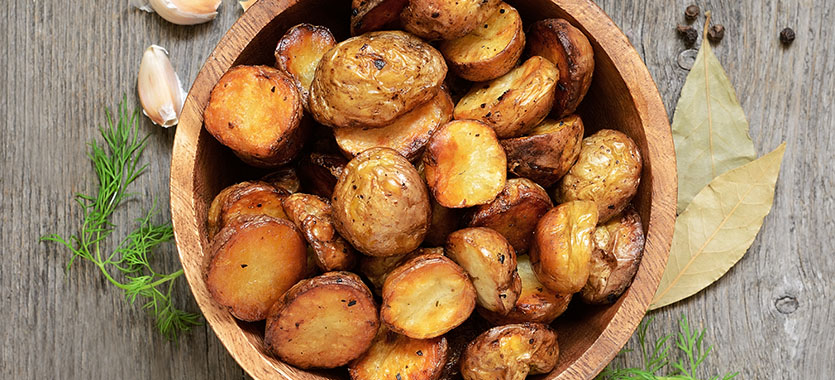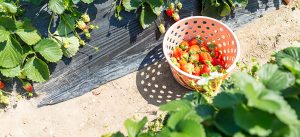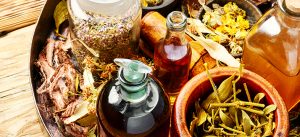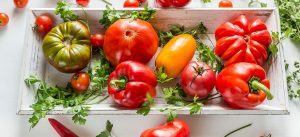Acrylamide is a Toxic compound.
Researchers discovered in 2002 this cancer-causing and potentially neurotoxic chemical, which is created when carbohydrate-rich starchy everyday foods are cooked at high-temperature. (above 120°C)
Acrylamide has probably been present in food since cooking began. It is the byproduct of a chemical reaction that occurs at high temperatures between sugars and the amino acid asparagine.
The chemical reaction that causes this is known as the Maillard Reaction which is the chemical reaction that ‘browns’ food and affects its taste.
Methods of cooking that produce Acrylamide
- Baking
- Fried
- Grilled
- Roasted
- Toasted
Which foods maybe affected by Acrylamide?
- Roasted Potatoes / Vegetables
- Fried Potato - Chips, French Fries, Croquettes
- Potato Crisps and Snacks
- Bread - Toast, Soft Bread
- Cakes
- Biscuits
- Crackers and Crisp Breads
- Breakfast Cereals
- Coffee
How to reduce acrylamide?
When cooking using any of the above methods aim for a golden yellow colour or lighter rather than dark brown
Always follow the cooking instructions on packaged foods
Don’t store raw potatoes in the fridge as can lead to the formation of more free sugars called ‘cold sweetening’. Cold sweetening can increase overall acrylamide levels.
Varying cooking practices and finding a better balance, e.g. boiling, steaming, sautéing, could also help reduce overall exposure and always remember “Don’t burn it, lightly brown it”.
Risks from acrylamide?
Laboratory studies on animals have shown that exposure through the diet increased the likelihood of developing gene mutations and tumours in various organs.
Human studies have provided limited and inconsistent evidence of increased risk of cancer.
It is also present in tobacco smoke and has widespread industrial non-food uses.
How much acrylamide is safe?
The MOE (margin of exposure) identified in our total diet has indicated a concern for public health. These range between 300 for an average adult consumer and 120 for toddlers.
Articles:
Research:
- Dietary Acrylamide and Human Cancer: A Systematic Review of Literature
- Current status of acrylamide research in food: measurement, safety assessment, and formation
- Scientific Opinion on acrylamide in food
- Food chemistry: Acrylamide from Maillard reaction products
- Analysis of Acrylamide, a Carcinogen Formed in Heated Foodstuffs



